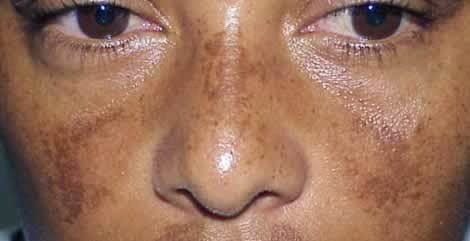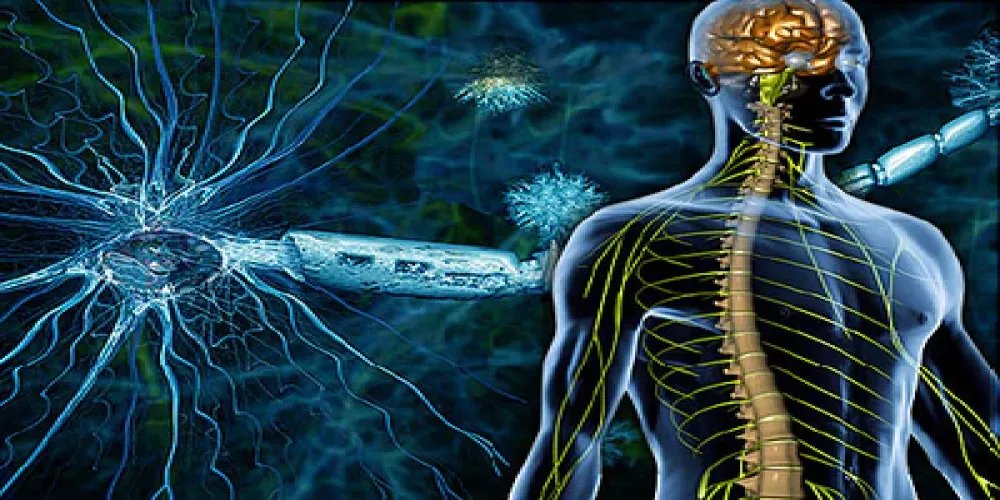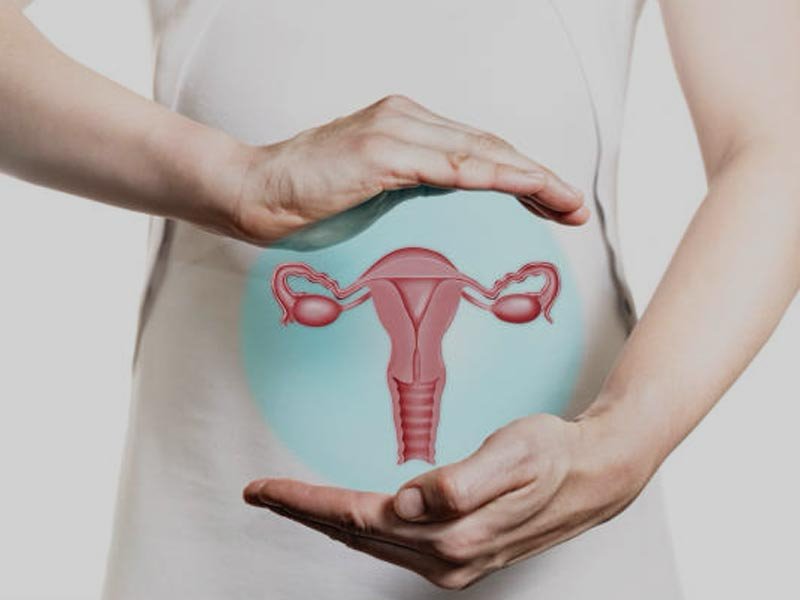Parkinson’s disease (PD) is a progressive neurological disorder that affects movement, balance, and coordination. While the exact cause remains unknown, advancements in research have opened new doors to understanding this condition and how patients can lead better lives. In this article, we will explore the basics of Parkinson’s disease, the latest treatments, and the importance of early diagnosis.
What is Parkinson’s Disease?
Parkinson’s disease occurs when certain nerve cells (neurons) in the brain die or become impaired. These neurons produce dopamine, a chemical responsible for transmitting signals within the brain that control movement. The gradual loss of dopamine results in the characteristic symptoms of Parkinson’s, including tremors, stiffness, slow movement, and difficulty with balance.
Although Parkinson’s predominantly affects older individuals, early-onset cases can occur in people under 50. With around 10 million people worldwide living with the disease, it’s important to recognize early signs and pursue timely treatment.
Key Symptoms and Diagnosis
The primary symptoms of Parkinson’s disease include:
- Tremors: Involuntary shaking that often begins in the hands or fingers.
- Bradykinesia (slow movement): A progressive slowing down of physical movement, which can make simple tasks difficult.
- Rigidity: Stiffness in the limbs and muscles that can cause discomfort and limit movement.
- Postural instability: Difficulty maintaining balance, leading to falls.
Diagnosis is primarily based on medical history and neurological examinations, as there is no definitive test for Parkinson’s. Early detection is crucial, as it allows for intervention that can slow disease progression and improve quality of life.
The Importance of Early Treatment
Though there is no cure for Parkinson’s disease, early treatment can make a significant difference. Medications such as Levodopa and dopamine agonists can help manage symptoms by replenishing dopamine levels or mimicking its effects. More advanced treatments include deep brain stimulation (DBS), a surgical procedure that delivers electrical impulses to specific areas of the brain to reduce symptoms.
Early treatment helps preserve motor function, enhances independence, and significantly improves life expectancy. In addition, new research into gene therapies and stem cell treatments offers hope for even more effective future therapies.
Living Well with Parkinson’s Disease
Lifestyle changes, including regular exercise, a healthy diet, and physical therapy, can help manage symptoms and maintain mobility. Engaging in activities such as yoga, swimming, and walking can improve flexibility and balance, while cognitive therapies can address memory and mood-related challenges.
Additionally, the emotional and mental aspects of Parkinson’s disease should not be overlooked. Patients and caregivers alike benefit from support groups and counseling, which provide crucial emotional support and help manage the stress associated with the disease.
Conclusion
Parkinson’s disease, while a challenging condition, does not have to define a person’s life. With early diagnosis, appropriate treatment, and support, individuals with Parkinson’s can live fulfilling and productive lives. As research continues to unlock new treatments and potential cures, the future looks hopeful for those affected by this disease.
For more detailed information and scientific research, please refer to the following sources:
References:
- National Institute of Neurological Disorders and Stroke (NINDS) – Parkinson’s Disease Information
- Parkinson’s Foundation – Understanding Parkinson’s
- Mayo Clinic – Parkinson’s Disease Overview
- World Health Organization – Parkinson’s Disease
This article is designed to help raise awareness and provide essential information about Parkinson’s disease. Stay informed, and consult with healthcare professionals for personalized guidance.



